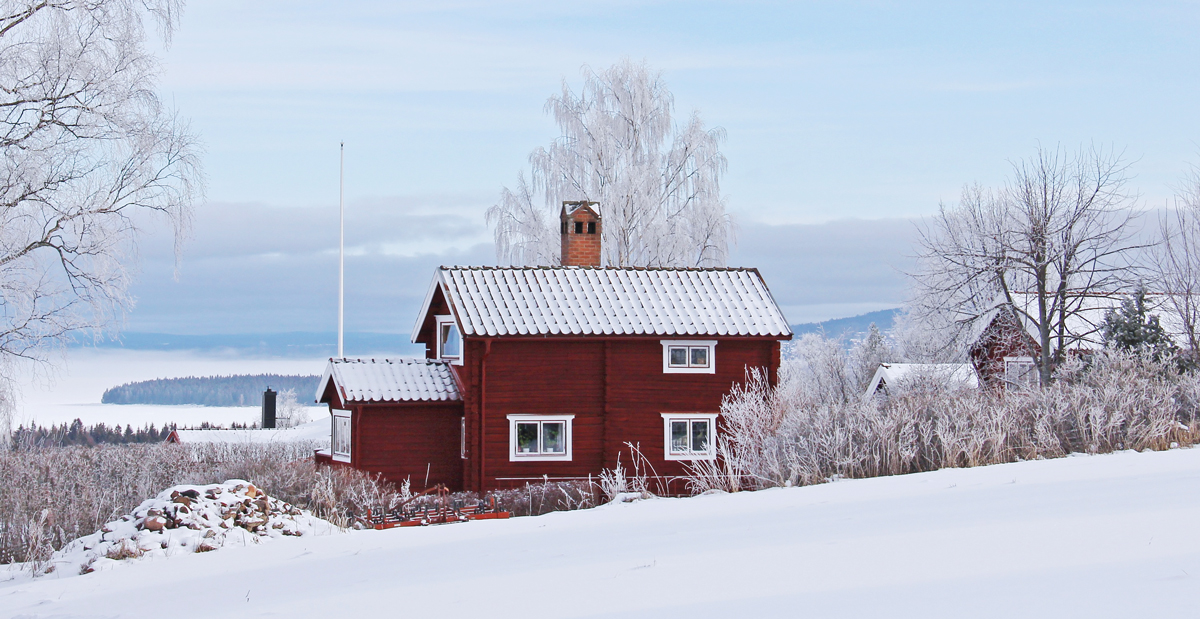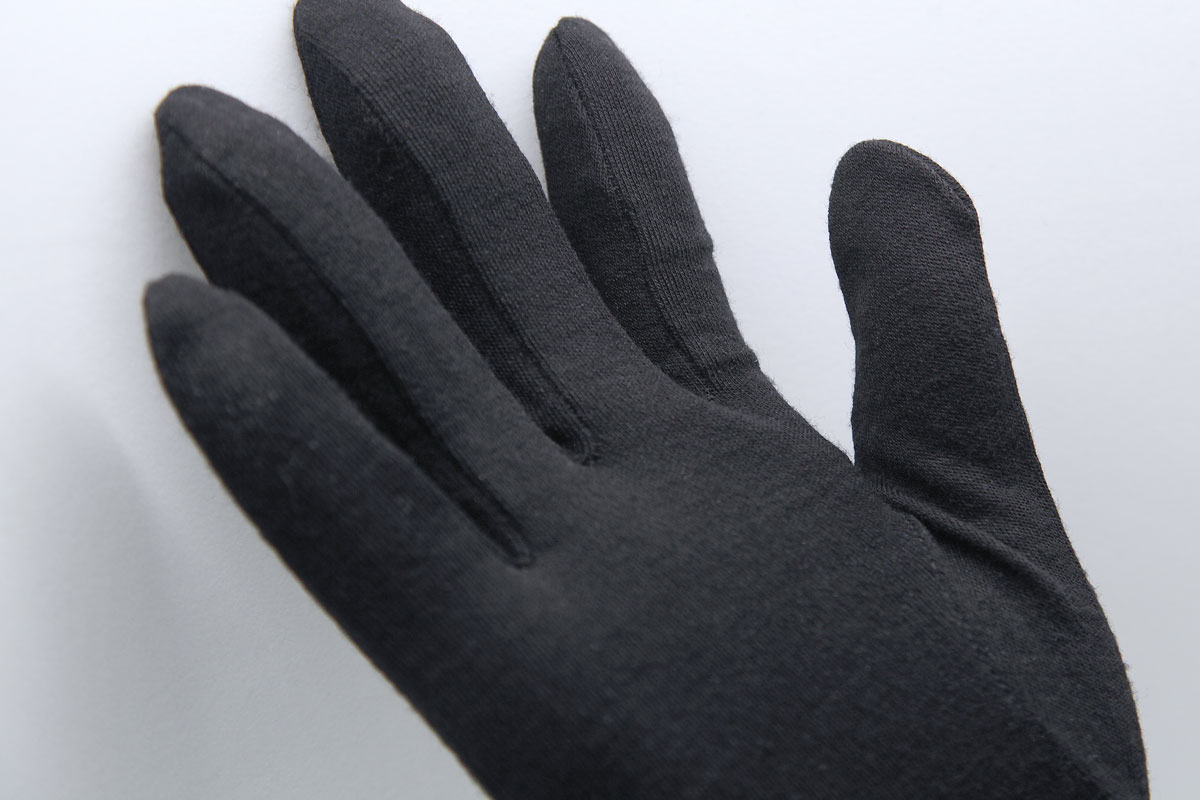How to choose the right pair of winter gloves

Choosing the right winter glove can be easy. If you know the weather and the conditions through which you need the glove for, all you need to do is look at the layers of each glove to determine which one works best.
Multilayer gloves are more suitable for cold weather and winter conditions. It may sound obvious, but many of the one-layer gloves can work for colder temperatures as well, but not below 0°C. Multilayered gloves are equipped with more than layers only for warmth. They can have layers that keep out wind and water which is most often a requirement for when you’re working during winter.
Two layered gloves
These gloves are perfect for mild temperatures and rather dry conditions. If the temperature doesn’t drop below the freezing point, you’ll be safe and warm with a two-layered glove.
Like this one for instance,
Three layered gloves
With three layers you’ll probably get an outer shell, a warm lining, and a protective middle layer. These gloves are suited for cold and mild temperatures around -5°C.
Examples of three-layered gloves can be,

Four layered gloves
Now we’re talking about the best of the best! Four layers sound like much and that they would be bulky, but they actually aren’t. We’d like to call these “smarter gloves.” We’ve developed these to be mostly warm and most protective without sacrificing any of the comfort and flexibility. These gloves are good for cold and very cold temperatures around -10°C.

Secret choice number four
If you like to wear your favorite summertime glove all year around you can add an inner glove made of merino wool to keep warm even during winter. Read more about the merino wool glove here.

How’s the weather condition?
To know which gloves to choose you’ll have to know the weather conditions. Is it going to be cold, dry, wet, snowy, rainy, cloudy, foggy or mild?
If the temperature drops to -15°C or more a glove with a Thinsulate will be necessary. Gloves with an isolating middle layer always have a dense outer layer that will maximize warmth. The leather is a common outer layer that doesn’t necessarily provide heat, but the dense material will protect against the wind while the Thinsulate middle layer will keep the hands warm.
If the temperature is between -5°C and up to +5°C your gloves will require isolation. Protection against moisture is as important as any other protection in these cases. In moist weather, a waterproof membrane like M-Tex is a good idea. It’ll keep the hands warm and protect against rain, fog, snow or any other surprise the weather has in store for you.
In short - All you need to do is check the weather and what month it is to determine what conditions you'll be working. Then pick the number of layers and especially what middle layer you'll need, and you'll be good to go work all throughout winter!